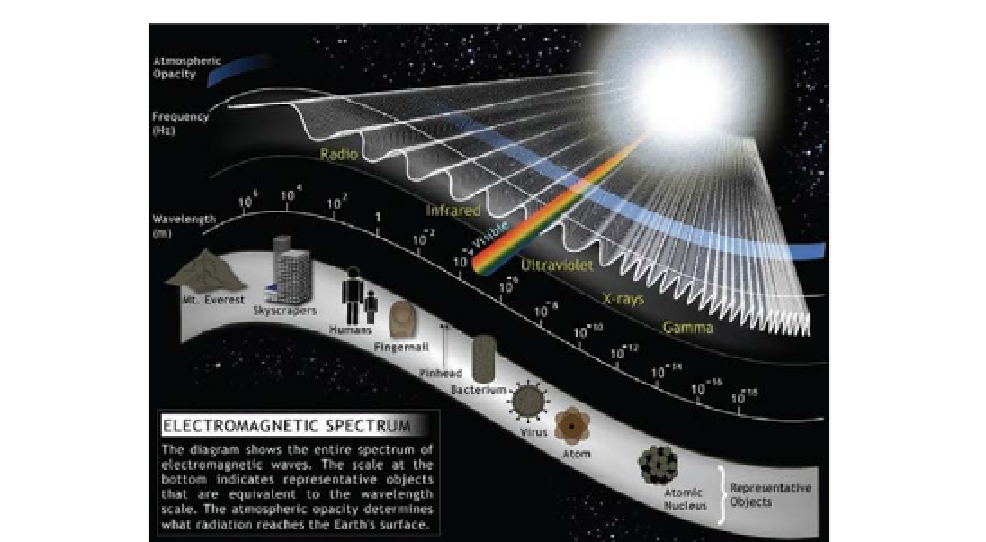Biomedical Engineering Reference
In-Depth Information
FIGURE 15.2
Electromagnetic wave spectrum.
Compliments of http://ds9.ssl.berkeley.edu/LWS_GEMS/pdfs/
em-spectrum.pdf.
not they were fluorescent. These results were startling and presented the world with a new
and entirely unexpected property of matter.
Urged on by scientific curiosity, Becquerel convinced Marie Curie, one of the most
promising young scientists at the
´
cole Polytechnique, to investigate exactly what it was
in the uranium that caused the radiation he had observed. Madame Curie, who subse-
quently was to coin the term
to describe the emitting property of radioactive
materials, and her husband Pierre, an established physicist by virtue of his studies of piezo-
electricity, became engrossed in their search for the mysterious substance. In the course of
their studies, the Curies discovered a substance far more radioactive than uranium. They
called this substance “radium” and announced its discovery in 1898.
While the Curies were investigating radioactive substances, there was a tremendous
flurry of activity among English scientists who were beginning to identify the constituent
components of atoms. Since the turn of the nineteenth century, Dalton's chemical theory
of atoms in which he postulated that all matter is composed of atoms that are indivisible
reigned supreme as the accepted view of the internal composition of matter. However, in
1897, when J. J. Thompson identified the electron as a negatively charged particle having
a much smaller mass than the lightest atom, a new concept of the basic elements comprising
matter had to be formulated. Our present image of atoms was developed in 1911 by Ernest
Rutherford, who demonstrated that the principal mass of an atom was concentrated in a
dense positively charged nucleus surrounded by a cloud of negatively charged electrons. This
idea became incorporated into the planetary concept of the atom, a nucleus surrounded by
very light orbiting electrons, which was conceived by Niels Bohr in 1913.
radioactivity

